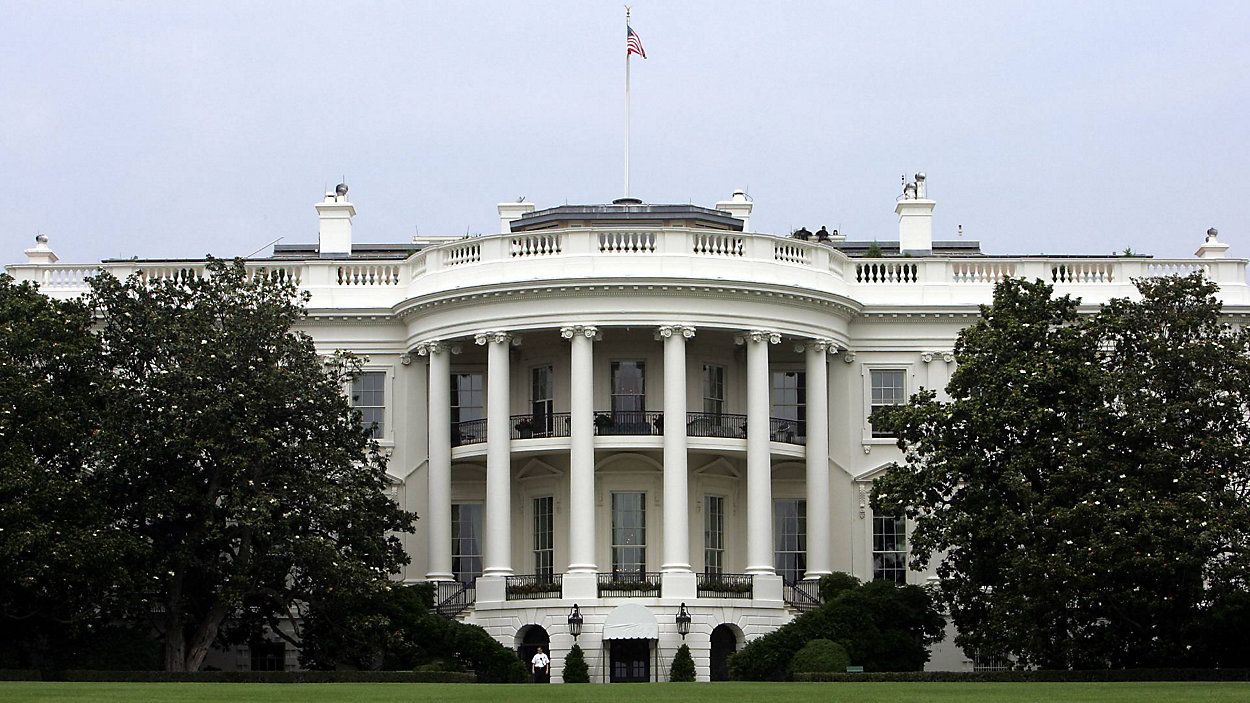The White House released the country’s first-ever road map to develop climate-resilient communities.
On Thursday, President Joe Biden said the new National Climate Resilience Framework will turn “peril into progress” by creating jobs and pushing for innovative solutions.
Through the Bipartisan Infrastructure Law the president signed in 2021 and the Inflation Reduction Act he signed almost a year later, the administration is spending $50 billion on climate resilience “to be implemented in a way that is people-, justice- and equity-centered,” National Climate Advisor Ali Zaidi said Thursday during the first ever White House summit on building climate-resilient communities.
“It’s our goal as a federal government to mount an all-of-government, all-of-society response to the climate crisis,” he said, adding that the Biden administration seeks to create a national system of community-based solutions rather than a patchwork.
As part of the summit, U.S. Interior Secretary Deb Haaland announced her department is outlining specific plans and schedules to phase out single-use plastic bottles and bags on the lands it manages by 2032 and to implement improvements like the installation of water bottle filling stations.
The Interior Department will also begin its first-ever effort to factor the climate crisis into all of its operations, Haaland said. The department controls 75% of all federal public land, including national parks and wildlife refuges.
“As our public lands face more intense wildfires, drought, storms and other extreme weather events, improving the department’s climate-informed decision making is critical to ensuring effective and efficient resource management while also protecting communities and wildlife,” she said.
Homeland Security Advisor Liz Sherwood-Randall said funding from the Bipartisan Infrastructure Law and Inflation Reduction Act recently helped the Federal Emergency Management Agency elevate six single-family homes above historic flood lines in a part of Florida that had been flooded more than 20 times. Doing so will help make them more resilient to future flooding, she said.
She also pointed to a FEMA project in Key West that received funding to build a shelter for first responders who have to stay behind when everyone else is evacuated during hurricane events.
Most recently, she said federal funding had helped the Department of Energy fund the rebuilding and hardening of the electrical grid in Hawaii so it is better able to withstand future fires and other severe weather-related events.
“We need to do better at ensuring communities have the capacity to respond and recover and rebuild more quickly when a disaster hits them and when it is too large and overwhelms even the most capable and resilient communities,” Sherwood-Randall said.
While states like California and New York have deeper pockets for disaster response and recovery, many other states do not. She said Homeland Security is “working to increase training and strengthening of capacity for vulnerable states and communities before disaster happens so they can recover more effectively.”
A FEMA grant program provides agencies with resources to prepare before disaster strikes and also provides technical assistance to communities to develop their own climate risk assessments and mitigation and climate adaptation plans.
Sherwood-Randall said her department’s mandate from the president “is simple. When disasters strike and your home or your town is destroyed, you should be able to count on your government to be there for you for as long as it takes.”
The National Security Council is leading a cabinet-wide effort to re-envision support for long-term community building and resilience, she said, “to both reduce bureaucracy and to coordinate sustained and effective support after the immediate response has been complete and that long and sometimes bumpy road to recovery begins.”








